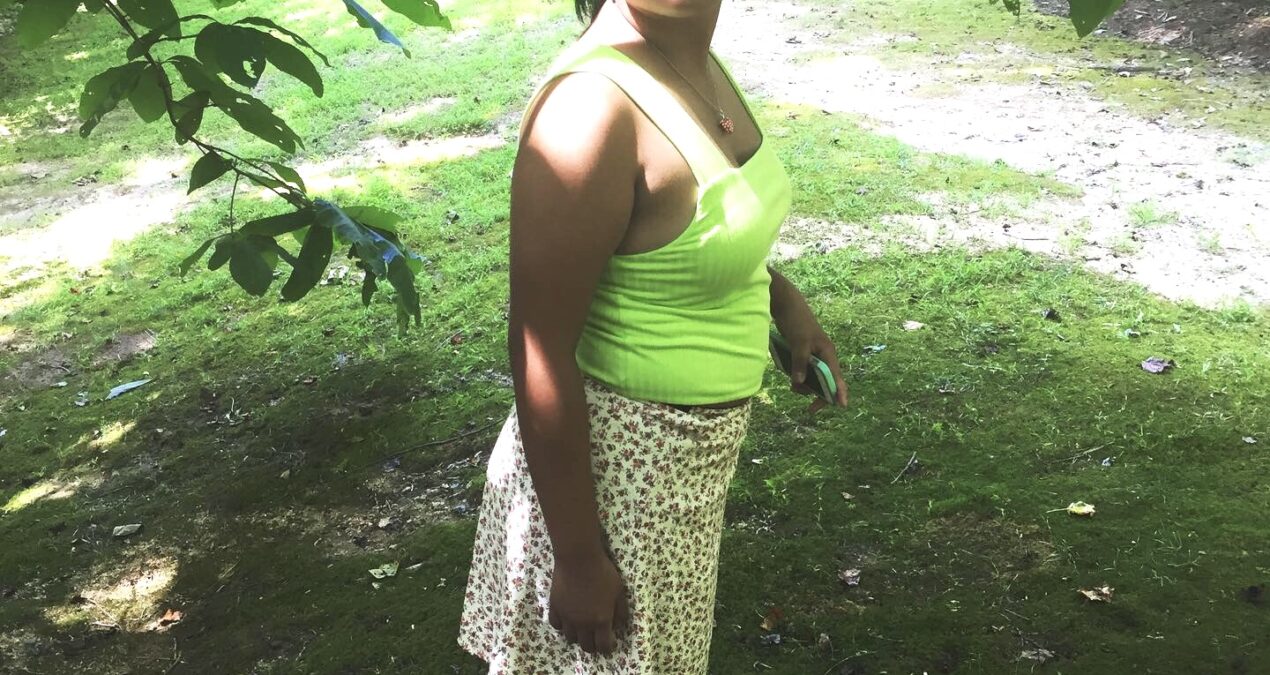Shaye Phillips, Asst. Features Editor–
Picture a thriving rainforest ecosystem. A dense canopy, nature’s own umbrella, covers the lush undergrowth glistening with fresh rain drops. Leafy foliage is scattered across the rich forest floor accompanied by the growth of exotic flora. You realize that despite how beautiful it may look, the landscape is silent.
According to recent studies,15,000 species on Earth are now threatened with extinction. Common ones we hear about are the black rhino and the polar bear. Scientists have come to agree that the rate of extinction today is almost a thousand times higher than the natural baseline rate.
Out of all the environmental issues swarming around our society today, some believe organism extinction is the least of our worries. What harm does it do to us if one species of beetle suddenly disappears? The answer is none. But how many extinct species will it take before we do start to be affected?
One such example is our disappearing coral reefs. Because most of us don’t live in regions close to coral reefs, we do not think of it as a dire dilemma. But to the communities that live on the Caribbean islands this is a problem that could mean the end of a food supply.
This case circles back to a common problem that consumes us: We only worry about what we can see looming right in front of us. It is fair to say that the rate at which we are losing organisms, one species per one million species a year, is low enough to not cause any significant worry. Or that we should be more concerned about problems like climate change, deforestation, and pollution. These are immediate issues that cause a lot of ruckus and debate online, so it makes sense that we should act on them more expediently.
Nevertheless, setting aside some of these smaller issues, how are we going to accommodate them when they grow? Today we lose a species of frog, tomorrow we might lose a rare species of plankton, fifty years down the line we lose a crucial pollinator species. Then we’d have a problem.
Back in the 1990s, an analogy dubbed the rivet theory was developed by American biologist, Paul Ehlrich. He proposed that losing animals to extinction is similar to losing rivets on a plane. If one rivet comes off, that is inconsequential, but lose too many and the plane suddenly malfunctions.
The only reason most of us are aware of animal endangerment is because of the black rhino case in Africa, or the panda bears in China. When it comes down to saving these majestic, unique mammals, we jump right in to advocate for their preservation. In contrast, the Purple Cat’s Paw mussel was announced to be extinct in the 1990s. Most people did not know what that species was and I have never heard of it either.
It goes to show that there is a bit of a commercialist element to this. We can not prevent the underappreciation of certain species because of how much we advertise the importance of more dynamic types of animals displayed in zoos, magazines, and online websites.
For those who are concerned about the extinction race, it all comes down to how much humanity is willing to care about some of these less than immediate threats. If animals are just as important to nature as anything else, they should be considered important enough to protect, especially when most of them were walking the Earth far before we were.
Shaye Phillips ‘27 is a journalism and environmental studies major from Chapel Hill, North Carolina.

